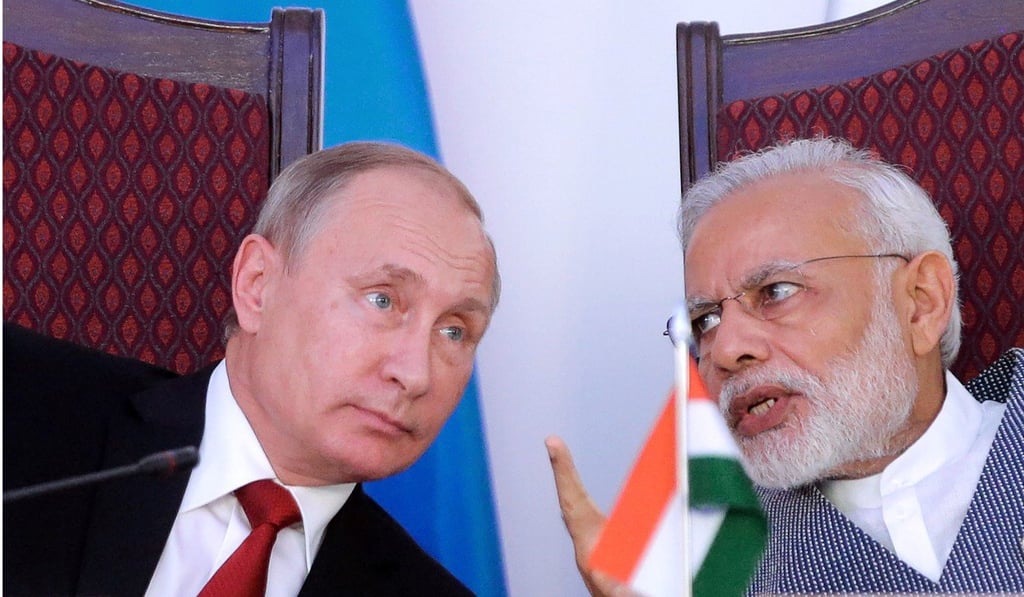When Putin’s Russia arms India, China and the US keep one eye open
India’s purchase of the Russian S-400 missile system has raised eyebrows internationally, but the countries’ biggest room for common ground is a shared desire for a multipolar world

In 2016, the countries signed an agreement allowing India to purchase five S-400 systems for US$5.8 billion. The deal has raised eyebrows in the United States, which has urged India not to make the purchase.
However, a later amendment to the act allows the president to grant waivers on a case-by-case basis. India argued for a waiver in July and again in September on three planks: that it would not use weapons against the US, that the absence of the S-400 would adversely affect its military abilities, and that it was significantly reducing its dependence on Russian military hardware, according to a report in The Hindu newspaper.
“The S-400 missile deal is a message from India to the United States that the COMCASA and other military agreements do not mean it will abandon Russia – one of its oldest allies,” said Suhasini Haidar, The Hindu’s diplomatic affairs editor, referring to the Communications Compatibility and Security Agreement the US and India signed last month, which allows the transfer of sensitive encrypted defence technology between them.

In the first quarter of 2018, trade volume between India and China increased by 30 per cent. The relationship between the two countries rests on a common agenda – to reduce America’s influence as a global power. The US recognises this and, to cement its position in the global arena, is boosting ties with India.